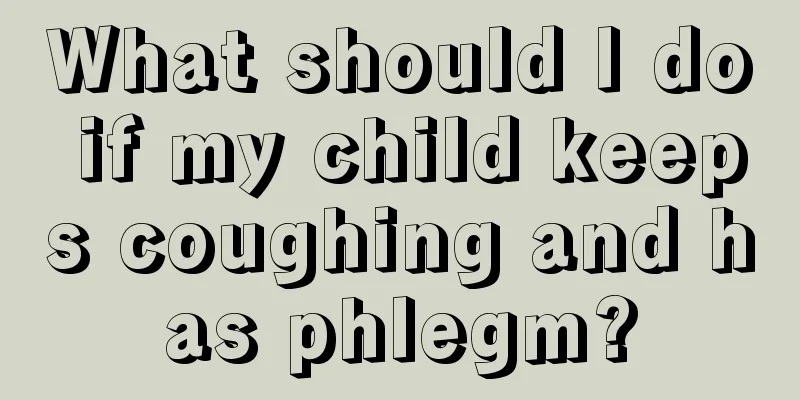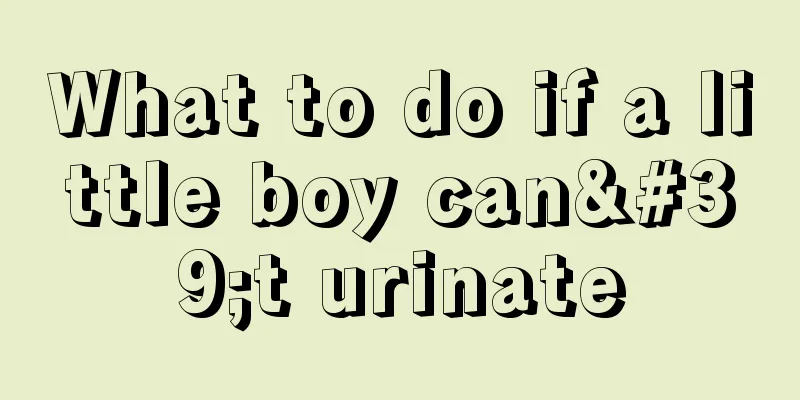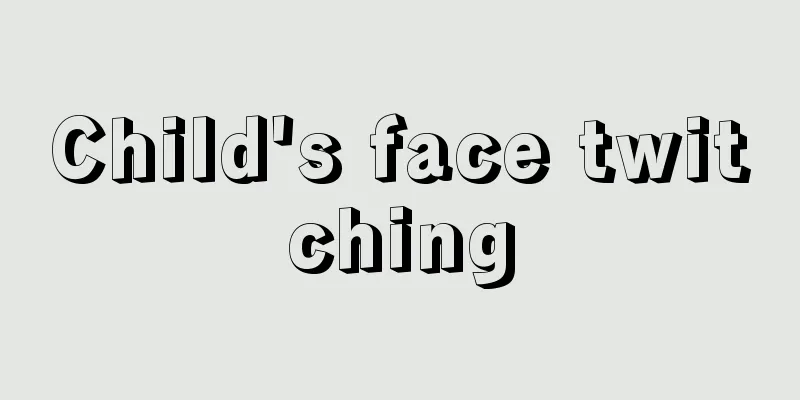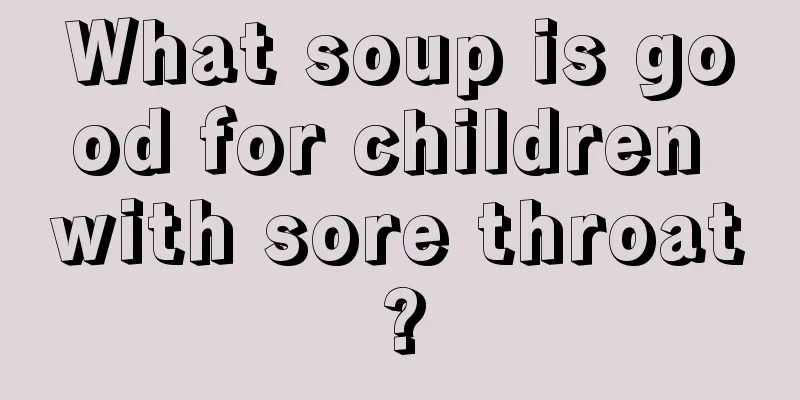Child cross-eyed
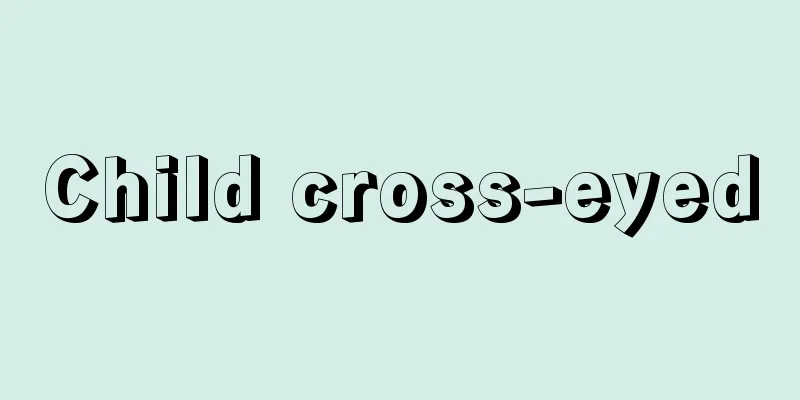
|
Cross-eyed is what people often call crossed eyes, which means that a person's eyeballs are moving inward in one direction. It may seem like nothing, but in fact it seriously affects people's normal life, because cross-eyes make people look ugly. And they are often rejected by others. In recent years, many children have also developed cross-eye symptoms, which causes them to be ridiculed and excluded by their peers. Over time, children can easily become autistic and unwilling to communicate with others. And don’t think these are the only issues. This cross-eye will not heal on its own, which means it is actually a disease. If it is not treated in time, it can easily cause the eyes to see things unclearly and hinder the ability to do things. So what should I do if my child has cross-eyes? Early detection and early treatment of strabismus in children are determined by the developmental characteristics of children's visual function. The visual reflex of both eyes is in an unstable state during infancy and early childhood. The fluctuations will gradually decrease and basically stop at the age of 5. The fluctuation period is basically over at the age of 8. If there is no serious obstacle, it will remain for life. However, during this unstable period, any disorder that affects binocular single vision can lead to strabismus, and any strabismus will lead to loss of binocular single vision function. On the other hand, since the binocular single vision function is unstable during this period, it is easy to lose and recover. If strabismus is discovered, early diagnosis and treatment can be sought as soon as possible. This can not only correct the strabismus, but also restore the lost or underdeveloped binocular single vision function, thus achieving the ideal goal of functional cure. On the contrary, if treatment is delayed and the visual function development period is missed, the loss of binocular single vision function, bone deformity and compensatory head position cannot be restored. Even if strabismus is corrected through surgery in the future, it is only a cosmetic correction, and without the "glue" of binocular single vision function, there is still a risk of strabismus recurring. The causes and types of strabismus in children are different, and the treatments are also different. (1) Different treatment methods are used according to the degree of strabismus: For asymptomatic latent strabismus, no treatment is required because children have strong fusion and convergence abilities. However, some children with latent strabismus experience symptoms of visual fatigue such as eye swelling, orbital pain, and headache after viewing objects at close range, and appropriate treatment can be used. For esotropia, the pupil needs to be dilated and the eyes need to be refraction tested. Those with hyperopia should be fitted with appropriate glasses. For exotropia, convergence training can be performed to strengthen the adductor muscles of both eyes to overcome the exotropia. If the effect is not good, prism glasses can be worn. For exotropia greater than 10° (20Δ) when looking at near objects, surgical treatment can be considered. For manifest strabismus, except for accommodative esotropia, early surgical treatment is often required. (2) Use different treatment methods according to the different causes of strabismus: Although congenital esotropia in concomitant strabismus has nothing to do with eye accommodation, it has a great impact on the development of binocular single vision function. The best treatment is surgical correction at the early stage of visual function development at the age of 2. Esotropia that occurs after the age of 2 to 3 is mostly related to excessive accommodative convergence caused by hyperopia. This type of strabismus requires full mydriasis and eye examination. Those with hyperopia should be fitted with adequate glasses and wear them for 3 to 6 months to correct or partially correct the strabismus, and then surgical treatment can be performed for any remaining esotropia. If the esotropia does not change after wearing glasses, the only treatment is surgery. If the strabismus is completely corrected, you can continue to wear glasses. If the hyperopia is very high, you can also correct the strabismus through surgery and reduce the wearing time. Therefore, parents must not ignore the problem of their children's squint. If they find it, they must take their children to see a doctor immediately to avoid delaying treatment and ruining their children's lives. When seeking treatment, be sure to choose a regular hospital and avoid small clinics that do not have a formal license. |
<<: What to do if your child has trouble sleeping
>>: How to develop children's intelligence
Recommend
What's wrong with my child's nails being layered?
When part of the nail peels off in layers, it is ...
Is it appropriate to wean at six months?
We all know that breast milk is very helpful for ...
How to treat rhinitis in children?
In daily life, patients with rhinitis often do no...
How can babies sleep to have a good face shape
Babies generally need to sleep on their backs, si...
Pelvic effusion in little girl
We know that there are two types of pelvic effusi...
Height of a one and a half year old baby
Many mothers should have found that their babies ...
Will babies kick their legs when they have flatulence?
Babies are relatively young and their stomachs ar...
Symptoms of Japanese encephalitis in children
In clinical medicine, there are many diseases tha...
Can astigmatism in children be cured? How to treat it?
Astigmatism is not unfamiliar to many people, and...
Children have a lot of eye mucus due to cold
It is a very common situation in daily life for c...
Introduction of Bifidobacterium infantis
Maybe many mothers don’t know what kind of bacter...
What should I do if my 1-year-old baby has colic?
When the baby reaches one year old, he can basica...
What is the reason for the small red pimples on the baby's face?
The baby's skin is particularly sensitive and...
What causes bacterial infection in children with fever?
It is common for children to catch colds and feve...
Closure time of baby's anterior fontanelle
When a baby is just born, the fontanelle is not c...


